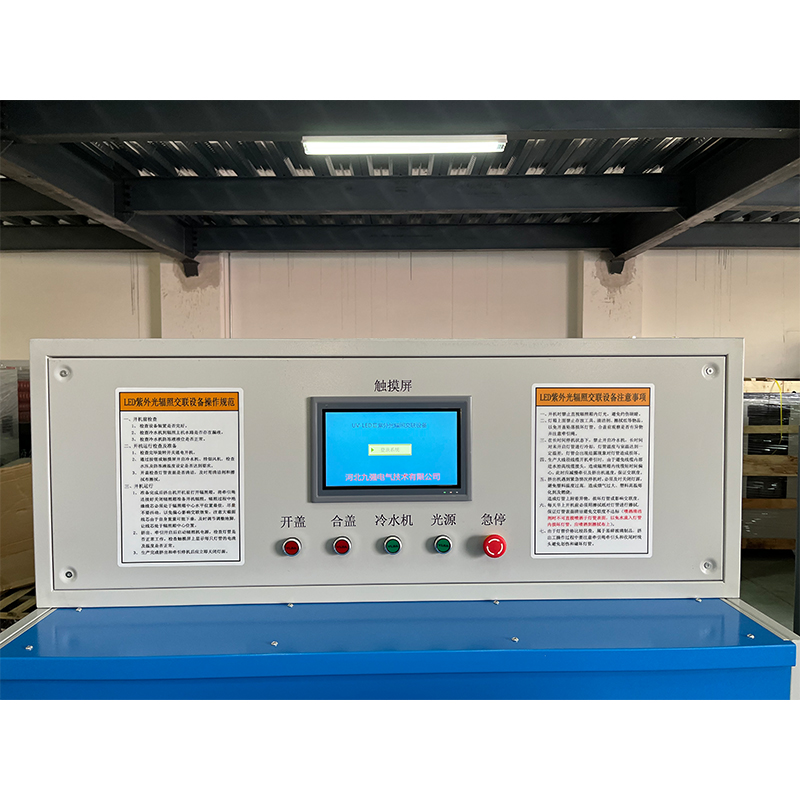Single Cable Flame Test Apparatus for Evaluating Fire Resistance and Safety Compliance
The Importance of Single Cable Burning Testers in Electrical Safety
In today's rapidly advancing technological landscape, electrical safety has become a critical concern for manufacturers and consumers alike. One key aspect of ensuring electrical safety is the performance of cable burning tests, particularly using single cable burning testers. These devices play a vital role in assessing the fire hazard potential of electrical cables, especially in commercial and industrial settings where large-scale installations are commonplace.
What is a Single Cable Burning Tester?
A single cable burning tester is a specialized instrument designed to simulate the ignition and combustion of an electrical cable. It evaluates how a cable reacts to fire under controlled conditions, helping to determine its flammability, smoke emission, and the potential for toxic gas release during combustion. This information is essential for compliance with national and international safety standards, enabling manufacturers to ensure their products are safe for consumer use.
How Does It Work?
The testing process typically involves placing a single cable sample in a designated combustion chamber. The chamber is equipped with precise temperature control and monitoring systems, allowing for the application of heat at predetermined levels. During the test, the cable is subjected to a flame or other heat source, and the behavior of the cable is closely observed. Key metrics like the time taken for ignition, peak heat release rate, and the duration of smoldering are recorded.
This data not only assesses the cable's fire resistance properties but also provides insights into how long it takes for the cable to contribute to fire spread in an actual fire scenario. Conducting such tests ensures that cables meet the rigorous safety standards set by regulatory bodies, thereby protecting lives and property.
Why Are Single Cable Burning Testers Important?
single cable burning tester

1. Fire Safety The primary purpose of cable burning tests is to prevent fire hazards. Cables that catch fire can lead to catastrophic consequences, including property damage, injuries, or even loss of life. By identifying which cables pose risks, manufacturers can redesign or replace hazardous materials.
2. Regulatory Compliance Many countries have established stringent safety standards governing the materials and technologies used in electrical installations. Compliance with these standards is not just a legal requirement; it is vital for gaining customer trust and maintaining a reputable brand image.
3. Quality Assurance For manufacturers, using single cable burning testers serves as an integral part of quality control. Testing ensures that all products meet the same integrity standards, reducing the risk of product recalls or liability claims.
4. Consumer Confidence In a market where consumers are increasingly aware of safety issues, demonstrating that their products have undergone thorough testing helps manufacturers build trust. Consumers are more likely to choose brands that prioritize safety and quality assurance.
5. Innovation in Cable Design The insights garnered from burning tests stimulate innovation in cable materials and designs. Manufacturers are encouraged to explore alternatives with better fire-retardant properties, leading to the evolution of safer electrical products.
Conclusion
In conclusion, single cable burning testers play a crucial role in ensuring electrical safety in our technologically advanced world. By effectively assessing the fire hazard potential of cables, they help manufacturers comply with safety regulations, assure quality, and ultimately protect consumers from the devastating impacts of electrical fires. As the demand for high-quality electrical products continues to grow, the importance of rigorous testing methodologies like those provided by single cable burning testers cannot be overstated. Safety and innovation must go hand in hand to create a secure environment for all.
-
Why the Conductor Resistance Constant Temperature Measurement Machine Redefines Precision
NewsJun.20,2025
-
Reliable Testing Starts Here: Why the High Insulation Resistance Measuring Instrument Is a Must-Have
NewsJun.20,2025
-
Flexible Cable Flexing Test Equipment: The Precision Standard for Cable Durability and Performance Testing
NewsJun.20,2025
-
Digital Measurement Projector: Precision Visualization for Modern Manufacturing
NewsJun.20,2025
-
Computer Control Electronic Tensile Tester: Precision and Power for the Modern Metal Industry
NewsJun.20,2025
-
Cable Spark Tester: Your Ultimate Insulation Assurance for Wire and Cable Testing
NewsJun.20,2025
 Copyright © 2025 Hebei Fangyuan Instrument & Equipment Co.,Ltd. All Rights Reserved. Sitemap | Privacy Policy
Copyright © 2025 Hebei Fangyuan Instrument & Equipment Co.,Ltd. All Rights Reserved. Sitemap | Privacy Policy
